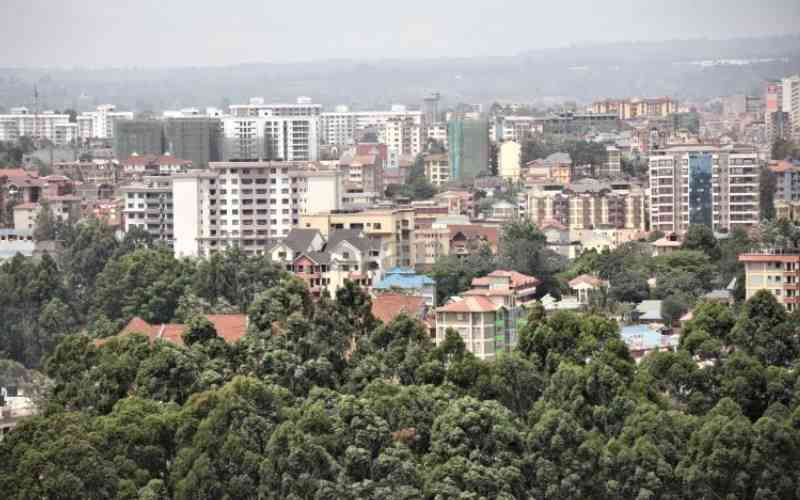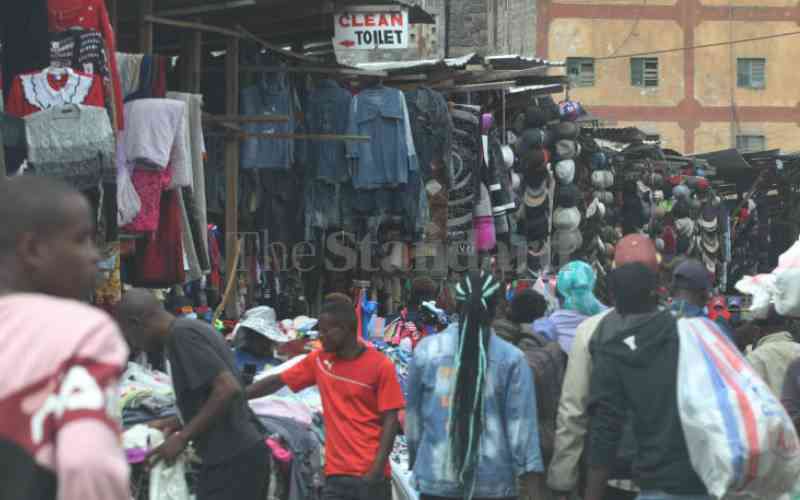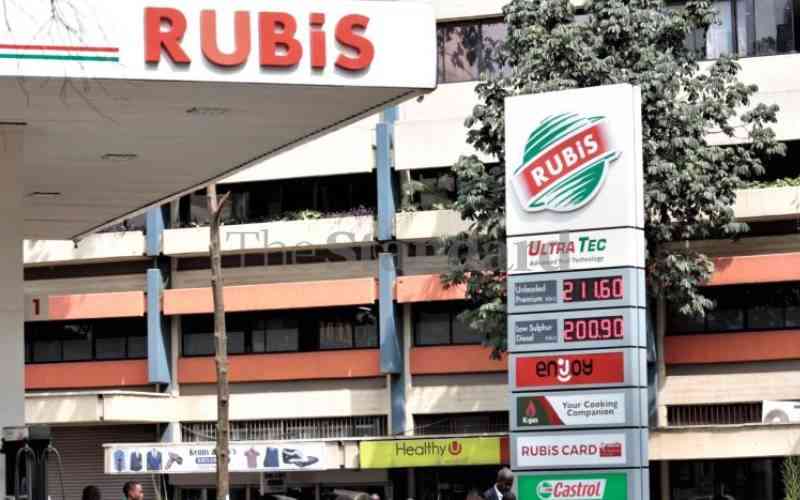By Polycarp Igathe
Last month, I visited the port of Mombasa in the company of board members of Kenya Association of Manufacturers (KAM) and Kenya Shippers Council (KSC).
We witnessed firsthand, that at long last, chronic port congestion and inefficiencies are being tackled, bravely, by Kenya Ports (KPA), but timidly by Rift Valley Railways (RVR).
Gichiri Ndua, KPA’s Managing Director explained the gains, efforts and challenges at Kilindini port. Ship-to-shore gantry capacity has more than doubled, dredging of the port is complete and the new berth 19 is almost finalised allowing Port of Mombasa to handle a 16 per cent growth in cargo throughput. Some of the largest shipping lines are now able to call and enables Kilindini to become a transshipment port.
We confirmed that delays in cargo offtake and high cost of cargo transportation are the result of dismal failure in improving railway infrastructure in tandem with port infrastructure. Citadel Capital and Transcentury the major shareholders in RVR must simply know that they are failing the country in outstanding fashion.
Fatigued
RVR invoice charge on 20ft containers is usually equivalent to road transporters despite their customer service being significantly poorer. RVR is running trains at speeds of less than 10kph, and many times cargo is held up at Changamwe for reasons which members of KAM and Kenya Shippers Council (KSC) are fatigued to listen to anymore.
Bottlenecks are always at the top of the bottle. As such, shareholders of RVR must wake up and deliver on the job as promised, no more ‘progress’ stories. The rail bottleneck has eroded competitiveness of manufacturers in East Africa and frustrated the creation of badly needed ‘productive jobs’ for East Africa’s youth. How can RVR be satisfied with only offtaking 4 per cent of freight traffic from the port? Kilindini is the only port in the world known to rely 95 per cent on road freight to evacuate cargo inland.
In recent weeks, reports have filtered of RVR being funded to import steel that shall smoothen curves on the rail between Mombasa and Nairobi resulting in higher train speeds. How much of the steel received has been installed to date? To what extent shall train speeds increase? On the ground, intelligence suggests train speeds will improve from 10kph to 20kph. If this is true, the smoothen rail curves project embarked on by RVR is a good joke in a bad circus.
Game changer
It is, therefore, music to the ears to learn that China Roads and Bridges has signed a commercial contract with Kenya Railways Corporation for commencement of the standard gauge rail from Mombasa to Malaba and perhaps into Kampala.
This is a game changer project. How else shall Kenya harness and commercialize the plenty we have found within our borders (oil, gas and coal) in recent days without a functional railway managed by committed institutions?
Another big challenge at the port is power outages that ignite long down times of ship-to-shore gantry equipment. As we toured Kilindini, we noticed such equipment with downtime of seven hours on the very day.
Sufficient electric energy is critical to power and drive efficiency of ports and rails.
It is already alarming to see long delays in affording requisite funding support to enable commissioning of viable, sustainable and socially meaningful power projects such as Turkana Wind Energy. The Government must switch to AfDB funding and/or China Funding where World Bank fails to come to the party.
Kenya is at a point where her long term national interests must at long last take priority in the eyes of multilateral lenders, especially because we have a bankable balance sheet as a nation. We are borrowing what we can pay to improve livelihoods of Kenyan people.
The World Bank often appears to demand divine guarantees before they wake up and move to support critical game changer infrastructure projects in Kenya. A good example would be the delays on Uhuru Highway modernization. The Bank appears very quick to fund short-term, high velocity forex expatriating projects such as Emergency Power Producers (EPPs).
Emergency Power producers in Kenya have now become Permanent Power Producers. EPPs utilise diesel which guzzles Kenya’s forex exchange and exposes Kenya to chronic imported inflation. EPPs crowd out long-term power projects on credit lines and the industry observation is that they seem to get easier access to credit from institutions such as World Bank? What may be the underlying reason? Who benefits from the continued existence of Emergency Power Producers?
And a parting shot to RVR from George Allen ’each of us has been put on earth with the ability to do something well. We cheat ourselves and the world if we don’t use that ability as best as we can.’ Raise train speeds to at least 50KPH now that you are smoothening curves on the rail and call to update your customers on progress more frequently.
The writer is the Chairman of Kenya Association of Manufacturers and Regional CEO of Tiger Brands in Eastern Africa
 The Standard Group Plc is a multi-media organization with investments in media
platforms spanning newspaper print operations, television, radio broadcasting,
digital and online services. The Standard Group is recognized as a leading
multi-media house in Kenya with a key influence in matters of national and
international interest.
The Standard Group Plc is a multi-media organization with investments in media
platforms spanning newspaper print operations, television, radio broadcasting,
digital and online services. The Standard Group is recognized as a leading
multi-media house in Kenya with a key influence in matters of national and
international interest.
 The Standard Group Plc is a multi-media organization with investments in media
platforms spanning newspaper print operations, television, radio broadcasting,
digital and online services. The Standard Group is recognized as a leading
multi-media house in Kenya with a key influence in matters of national and
international interest.
The Standard Group Plc is a multi-media organization with investments in media
platforms spanning newspaper print operations, television, radio broadcasting,
digital and online services. The Standard Group is recognized as a leading
multi-media house in Kenya with a key influence in matters of national and
international interest.









